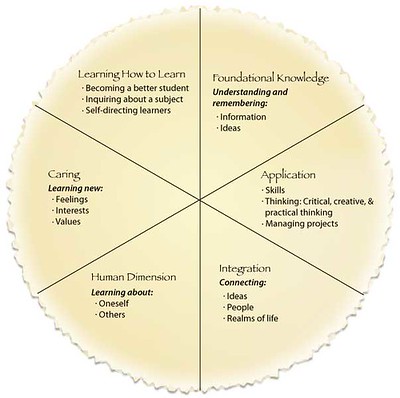
By Dr. Shannon Newell
Well, how did your week go? Did you remember to give yourself a bit of self-compassion? Did you talk to yourself like you would a friend? As promised, this week I am going to share some additional resources and suggestions for recognizing and calming your emotions. While some of us have tried to cope by ignoring our stress and pushing through it, increasing our use of substances, eating more, acting out, etc. we want to promote healthier methods of managing our emotions.
Be Mindful
First and foremost, be mindful. I find it helpful to set alarms on my phone or set aside specific times during the day to do a check-in. Without an alarm or reminder of some sort, I forget to do this. I do a quick scan of my body, starting with my head and moving down. What sensations am I feeling? Are there parts of my body that feel tight or tense? I often hold my stress in my forehead or shoulders. This helps me become more aware of how I am feeling and how my feelings may shift during the day. Am I excited, nervous, exhausted, overwhelmed, frustrated, etc. The emotion-feeling wheel, while not exhaustive, can help me describe how I am feeling when I can’t quite seem to come up with the word. There are many variations of this on the internet.

Reflect
Once you are aware of how you are feeling, or realize you are feeling something you weren’t aware of (this is typically the case for me), allow yourself to sit with that feeling for a moment and consider why you might be feeling that way. Did someone say or do something that adds to your to-do list? Are more demands being placed on your time that you don’t feel like you have enough of anyway? Do you have too much on your plate? Did you realize you were more relaxed than you anticipated? Appreciate and accept what you are feeling (remember the self-compassion we discussed last week?) and the potential triggers.
Breathe
Now that you are aware, you can engage in mindful breathing. I personally like to sit and count my breaths (1-in, 2-out, 3-in, 4-out, etc.) until I get to 10 and then I start all over again. I don’t try to control the timing of my breaths, I just try to breath naturally and gently. I typically find that as I count, my breathing slows and calms on its own. Some people prefer to do a count of 3 (in for 3, out for 3) until they begin to feel more calm and relaxed. The Castleton Wellness Center provides links to meditations that may be useful. I personally like the Headspace App and they offer both a free service as well as a paid service.
Challenge Negative Thoughts
Being more relaxed means that I have the capacity to try to put things into a realistic perspective. This Seeing Things Clearly worksheet by This Way Up is helpful to challenging negative thinking, identifying what type of negative thinking you are experiencing, and changing your thoughts.
Respond don’t React
I don’t know about you, but I have a tendency to react first, and think/process second. That is one tough habit to break! Learning to wait out the urge to react takes practice before it will become easier. When you recognize that you are experiencing the urge to react, take a breath, think about what is causing you to react and how that urge is making you feel. Try to ride it out as the urge will likely pass and use responding instead.
Once you are able to ride the urge to react, you can use the Knowing What to Say tool from This Way Up to work on responding instead of reacting. I don’t know about you, but there are lots of tools in here that I need to work on. For example, they recommend expressing what you need (first of all, I need to know what I need – but fortunately I have great colleagues who often help me figure that out), and setting boundaries. Boundaries, what are those? Kidding aside, I am working on the boundaries, but it isn’t easy. What are your non-negotiables? In order to manage my stress, I need to find time in the day to exercise, that is not negotiable. I also need to eat my breakfast, also not negotiable and trust me when I say, you don’t want to see me without it. I have also found that the calendar I give students access to for making appointments allows me to include setting such as only allowing for a certain percentage of the available time to be used for appointments (currently I have it set at 50%) thereby giving me time in my day to actually get up from my computer, get something to eat, or work on a project.
Hopefully you have found some of these tips, tricks, and tools helpful in thinking about how you might better manage your emotions, but don’t forget to throw in that self-compassion to. We are all a work in progress and you cannot expect perfection. I have 47 years of old habits to relearn, but hopefully with a little persistence, it won’t take me nearly as long to learn some new, healthier habits. Oh, and of course, practice makes better!



